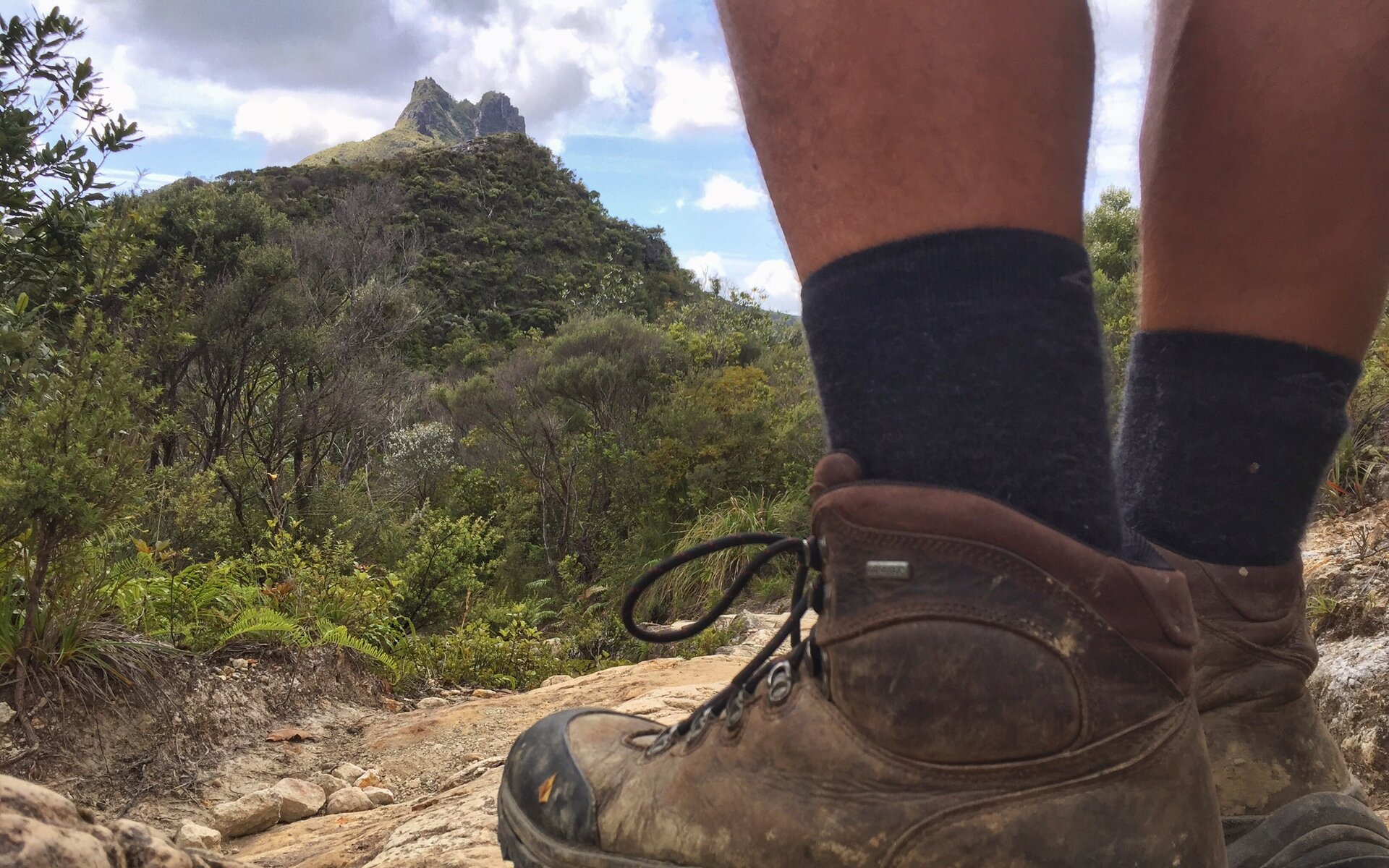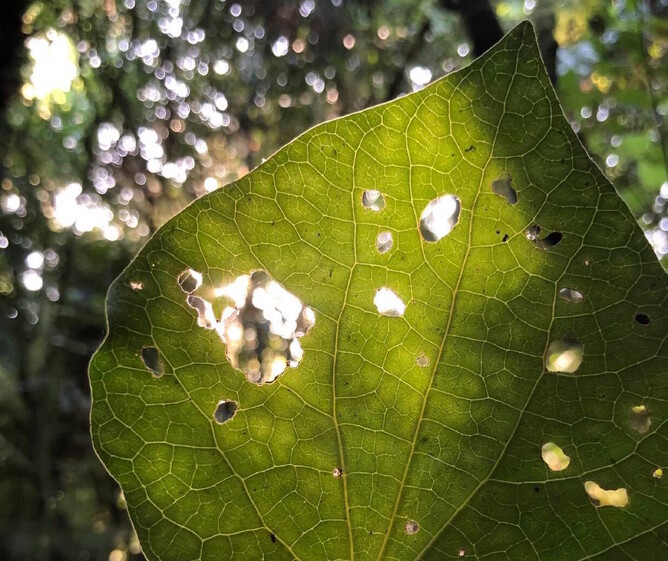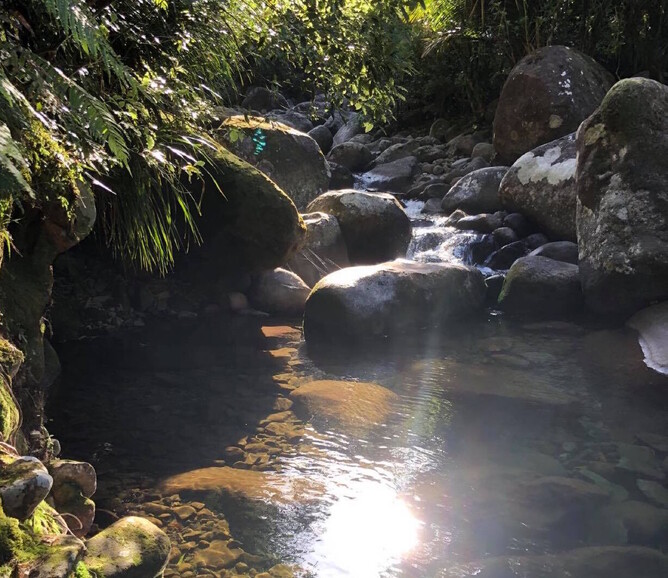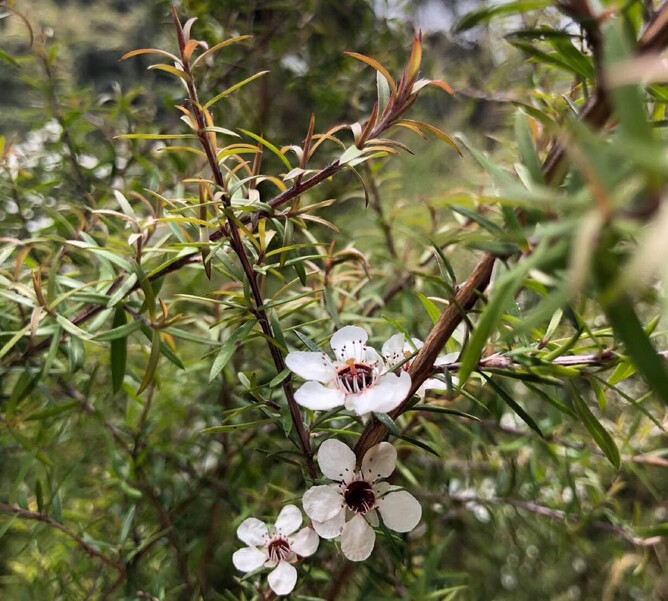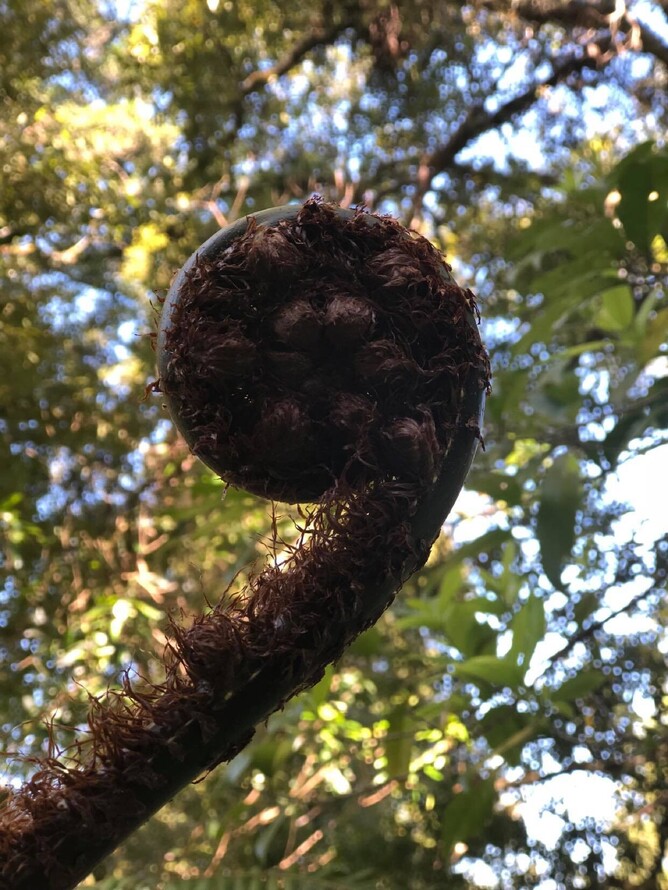With people starting to have a greater focus on healthy eating with fresh local produce, New Zealanders might be wondering what ingredients they can cook with from their own backyards. There is an increased interest in indigenous foods right now, especially Māori cuisine and traditional cooking methods.
Before the arrival of European settlers and international maritime trade, cooking was based around what could be sourced from the land and surrounding sea. Many traditional Māori dishes made use of fish and bird meat as a base, with wild herbs mixed in.
The following list some of the best local New Zealand ingredients that you can try adding to your home cooking.
Kawakawa
The Kawakawa tree is predominantly found around coastal regions and in damp bushland around New Zealand. The leaves are heart-shaped, and they are typically dried and then ground up to use as a seasoning. They provide a rich aroma with a peppery base and a hint of mint flavour.
Kumara
The humble kumara is of course a variety of sweet potato that arrived with the early Māori settlers more than 1000 years ago. Super versatile and delicious, they grow in the North Island and come in orange, red, and gold.
Horopito
Known by many as the New Zealand pepper tree, horopito is often used to substitute other forms of pepper in a variety of dishes. It has sweet fragrance as well as a spicy, citrusy flavour. Horopito comes in three different types. Try using horopito pepper for seasoning your recipes when cooking. It’s always exciting to experiment with a different seasoning in your dishes, especially when it’s sourced from a native plant you might not have considered before.
Koura
Koura is a type of small crayfish that lives amongst the rocks that sit at the bottom of freshwater streams, ponds, lakes and swamps. They can be hard to spot due to their natural camouflage and have a tough shell.
Puha
Known as sow thistle in some circles, the puha plant often grows as an invasive weed. The milky coloured sap in the stem has a strong bitterness to it, and it is usually served alongside pork dishes, such as a well-known favourite - boil up or pork bones with broth, puha and dumplings.
Manuka
You probably already know the manuka tree as the source of the much-loved manuka honey, which has many beneficial antiseptic and medicinal properties. However, it’s wood chips can also be utilised to help add some flavour while smoking foods like fish.
Kowhitiwhiti
Kowhitiwhiti is the native variety of watercress that can be found growing around the edges of creeks and rivers across New Zealand. It has a slight mustard flavour and is often used to replace puha in dishes.
Pikopiko
There are more than 300 varieties of native fern around New Zealand, and the vast majority of them are carcinogenic. Only 7 of the 312 types of native fern are safe to consume. Pikopiko, is identified by its brown speckles against a pale green. They add a very distinctive ‘earthy’ flavour to dishes and are a unique New Zealand food flavour experience that you should definitely try.
Korengo
Korengo is a native variety of seaweed that can either be eaten raw or dried, ground up, and used as a seasoning.
Give them a try and see what you like
Those are just a few of the fantastic local New Zealand ingredients which you can leverage in your home cooking. It’s always good to experiment with native ingredients and support local business by continuing to purchase the ones you like.
Whether you’re preparing meals for your next picnic in New Zealand, or just trying to switch up your home cooking staples, give some of the native ingredients listed above a try.
Make sure you identify your ingredients correctly!
Although there are plenty of edible native ingredients that can be found on the land and in the bush, you MUST be absolutely certain the ingredient you are foraging is identified correctly before using it in your cooking. There are many poisonous plants, native herbs and fungi that can be harmful. If you are not sure, err on the side of caution and don't eat it!
